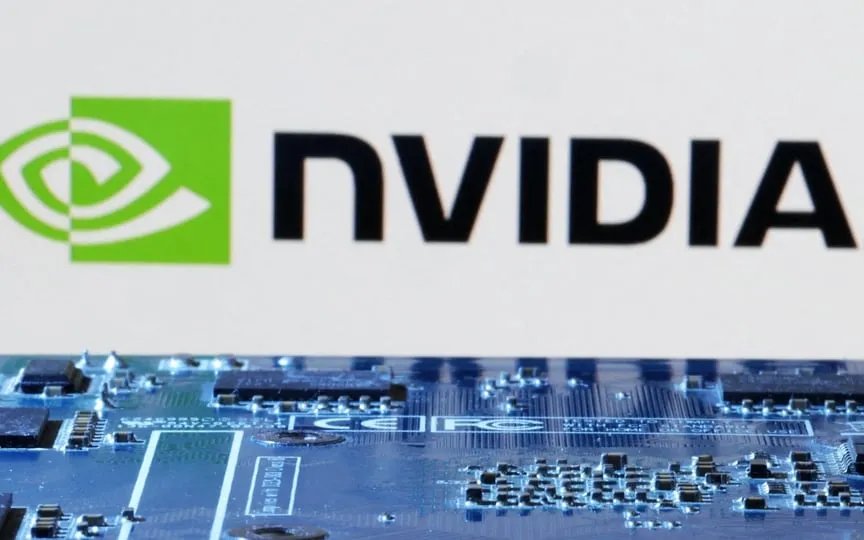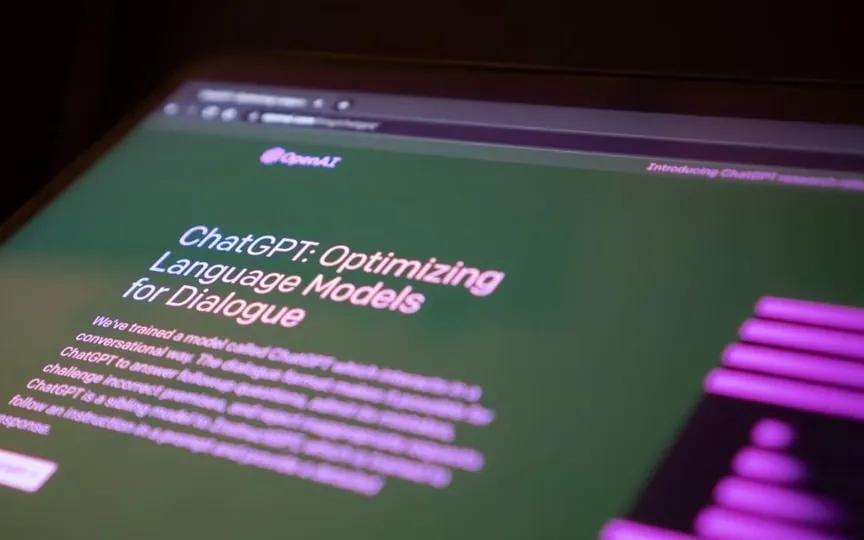Jensen Huang, CEO of Nvidia, reveals new flagship AI chip B200 in bid to maintain market leadership
At the start of his company’s yearly developer conference, Nvidia CEO Jensen Huang made several announcements aimed at maintaining the chip maker’s leading role in the artificial intelligence sector.
On the stage of a hockey arena in the heart of Silicon Valley, Huang presented Nvidia’s latest chip, which is 30 times faster than its predecessor in some tasks.
He also introduced new software tools that will allow developers to more easily sell AI models to companies using Nvidia technology, whose customers include most of the world’s largest technology companies.
Nvidia’s chip and software announcements at GTC 2024 will help determine whether the company can maintain its 80% share of the AI chip market.
“I hope you understand this is not a concert,” Huang said, donning his own leather jacket and joking that the day’s keynote would be full of dense math and science.
It was a nod to how Nvidia, once known mostly among PC gamers, has earned recognition with tech giants like Microsoft and become a Wall Street standout, with sales more than doubling in its most recent fiscal year to more than $60 billion. .
Nvidia’s new flagship chip, called the B200, takes two squares of silicon the same size as the company’s previous offering and bonds them together into a single component.
While the B200 “Blackwell” chip is 30 times faster at tasks like providing chatbots with answers, Huang didn’t provide specifics on how well it performs when it’s crunching through massive amounts of data to train those chatbots — which is the kind of work it does. most of Nvidia’s rising sales. He also did not disclose the price information.
Overall, Huang’s announcements provided no new fuel for a rally that has seen Nvidia shares rise 240% over the past 12 months, making it the third most valuable company on the U.S. stock market behind Microsoft and Apple. Nvidia shares fell 1.4% in extended trading, while Super Micro Computer, which makes servers optimized for artificial intelligence using Nvidia chips, fell 4%. Advanced Micro Devices stock fell nearly 3% during the keynote.
Tom Plumb, managing director and portfolio manager at Plumb Funds, whose largest shareholder is Nvidia, said the Blackwell chip was not a surprise.
“But it does confirm that this company is still at the forefront and the leader in all things graphics processing. That doesn’t mean the market isn’t big enough for AMD and others to come in. But it does show that their lead is pretty much insurmountable,” Plumb said.
According to Nvidia, major customers including Amazon.com, Alphabet’s Google, Microsoft, OpenAI and Oracle are expected to use the new chip in the cloud services they sell and also in their own AI offerings.
Nvidia is also moving from selling individual chips to selling complete systems. Its latest iteration has 72 of its AI chips and 36 CPUs. It contains a total of 600,000 parts and weighs 3,000 pounds (1,361 kg).
Many analysts expect Nvidia’s market share to drop by several percentage points in 2024 as new products from competitors enter the market and Nvidia’s biggest customers make their own chips.
“Competitors like AMD, Intel, startups and even Big Tech’s own chip efforts threaten to erode Nvidia’s market share, especially among cost-conscious enterprise customers,” said Insider Intelligence analyst Jason Bourne.
While Nvidia is widely known for its hardware offerings, the company has also built a significant number of software products.
New software tools, called microservices, improve system efficiency for many different uses, making it easier for companies to incorporate an AI model into their work, just as a good computer operating system can help applications run well.
Beyond AI software, Nvidia delved deeper into software that emulates the physical world with 3-D models. In designing cars, jets, and products, Huang also announced collaborations with design software companies Ansys, Cadence, and Synopsys. Shares of the three companies jumped about 3% in extended trading after Huang’s comments.
Huang also said Nvidia’s software would be able to stream 3D worlds to Apple’s new Vision Pro headset.
Nvidia also introduced a new line of chips designed for cars with new features for driving chatbots inside the vehicle. The company deepened its already extensive relationships with Chinese automakers by saying that electric vehicle makers BYD and Xpeng will both use its new chips.
Towards the end of his keynote, Huang also introduced a new series of chips for creating humanoid robots and invited several robots made with the chips to join him on stage.




